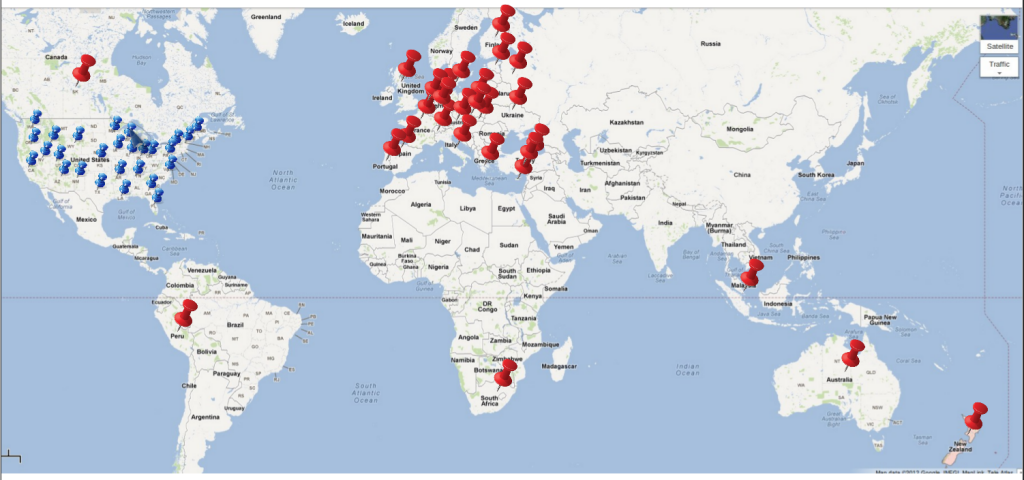OpenSprinkler’s 1-year anniversary! Yes, on Oct 9 last year, the OpenSprinkler project got posted on Hackaday and became known to the world for the first time. A lot of updates have happened during this past year. The hardware has gone through four cycles of changes, and the latest version is 1.4. From August 2011 we have started producing the surface mount version of 1.4, making it easier to manufacture and assemble the kit. The software has also been substantially improved. Many user-requested features have been included. I am proud to say that at this moment OpenSprinkler is probably the best Internet-based sprinkler timer with its price and the functionality it provides. I am hoping that in the upcoming years it will start making a positive impact on the technology innovation in consumer-level sprinkler products.
To honor the 1-year anniversary, all orders placed on Oct 9 (today) and 10 will receive a 10% discount. If you have ever considered buying OpenSprinkler but hasn’t made up your mind, there is no better deal than this!
Statistics wise, most OpenSprinkler orders came from the United States, which is not a surprise since we are based in the US. But OpenSprinkler has also reached places outside of the US. So far it has reached close to 30 countries. Here is an un-ordered list: Germany, Netherlands, Australia, South Africa, France, Bulgaria, Spain, Slovakia, Canada, UK, Finland, Portugal, Hungary, Singapore, Belgium, New Zealand, Italy, Turkey, Greece, Peru, Switzerland, Cyprus, Ukraine, Denmark, Estonia, Poland, Austria. I have also marked them on a world map, to give you a better visual:

I want to take a moment to thank the open-source movement. I am a strong supporter for open-source hardware and software. I believe open-source is important for pushing technology innovation and for promoting and implementing new ideas as quickly as possible. Unlike large-scale closed source products, open-source products are often started with a low budget and produced in small batches. We typically assemble kits on the level of a couple hundred per batch. This is how we can quickly update the design, fix bugs, introduce new features, and shorten the overall design cycle. If a particular design didn’t work out, we can simply abandon it and move on. There is little risk of losing big investment money. Also, having a project open-sourced makes it possible for the public to scrutinize the design, identify issues, contribute to the project, and build new projects. As a college educator, I am keen at understanding the underpinnings of how electronic products work, but more than that, I am keen at giving out the knowledge that I know.